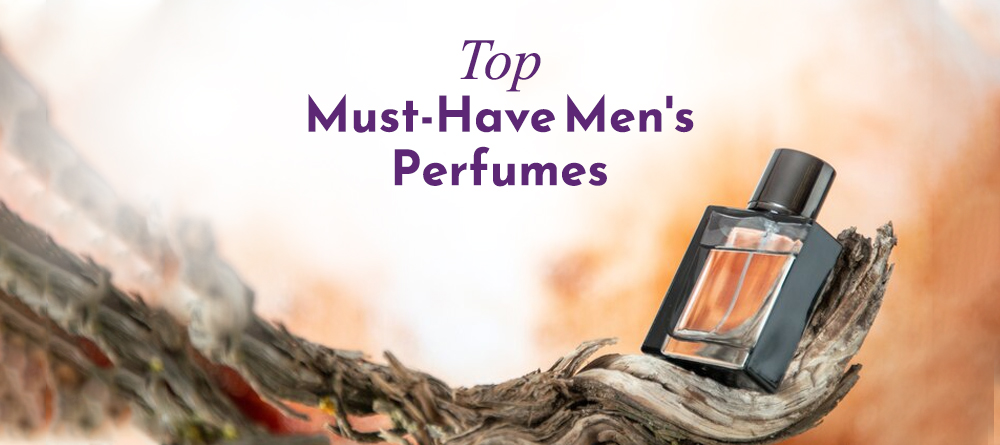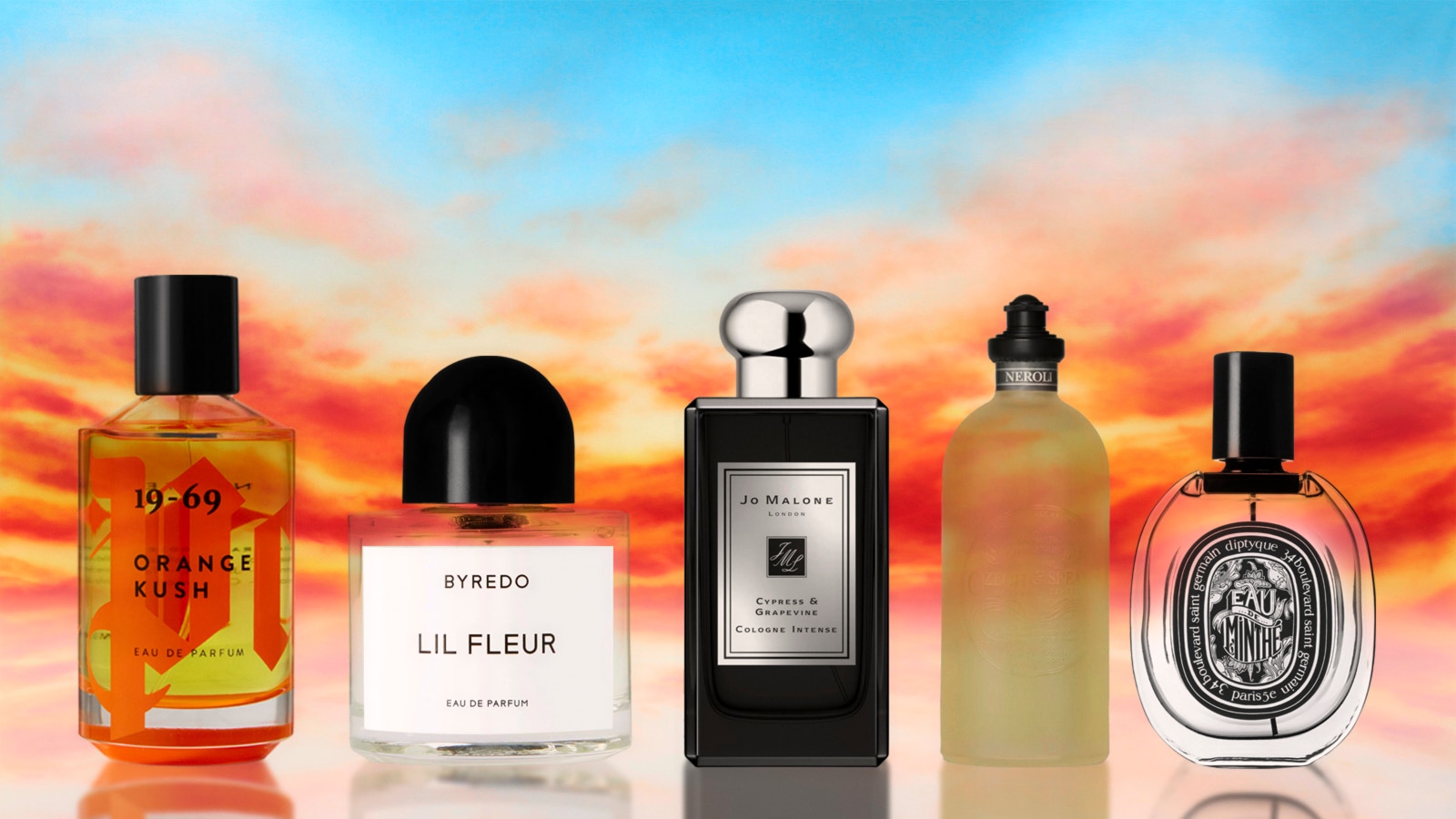From Classic to Modern: A Trip Via the Development of Perfumes and Fragrance Trends
As we stand at the threshold of perfumery's abundant history, the journey from classic to contemporary fragrances beckons us to witness the complex tapestry of fragrances woven with time. The evolution of perfumes and scent patterns mirrors the ever-changing landscape of societal standards, imaginative motions, and technical improvements. From the old origins of perfumery to the advanced developments these days, each era has left its distinct mark on the olfactory globe. Join us as we start a captivating voyage via the realms of scent, checking out exactly how the past continues to form the fragrant existing and future.
Historic Roots of Perfumery
The historical roots of perfumery can be traced back to ancient people such as Egypt, Mesopotamia, and China, where aromatic oils and scent were made use of for religious events, routines, and personal accessory. In ancient Egypt, perfumes held considerable cultural and spiritual significance, with fragrances like myrrh, frankincense, and cedarwood being generally utilized. The Egyptians likewise established advanced techniques for extracting crucial oils from plants and blossoms, laying the foundation for modern-day perfumery.
The popular Legendary of Gilgamesh, one of the earliest making it through jobs of literature, also points out the relevance of perfumery. The Chinese also created ingenious approaches for blending aromas, which later on influenced perfumery methods in other parts of the globe.
These ancient worlds not just valued the positive scents but also recognized the symbolic and spiritual value of perfumes, leading the way for the evolution of perfumery through the ages.

Advancement of Standard Fragrances
Having established a rich historical structure rooted in ancient human beings, the evolution of timeless fragrances showcases the enduring impact and technology that have specified perfumery gradually. Traditional scents, such as Chanel No. 5, Shalimar by Guerlain, and Happiness by Jean Patou, have stood the test of time by captivating generations with their ageless fragrances. These famous scents frequently feature an unified blend of top, center, and base notes, developing intricate olfactory experiences that evoke nostalgia and class.
The evolution of timeless scents is noted by an equilibrium between custom and modernity. While these ageless scents maintain their original significance, perfumers continually adapt to changing preferences by integrating contemporary spins. Classic scents have actually motivated countless modern productions, serving as a structure for the advancement of brand-new scent accounts and mixes.
In today's market, traditional fragrances remain popular among customers who appreciate the sophistication and class connected with these legendary fragrances. As perfumery remains to develop, timeless fragrances work as a pointer of the enduring appeal and virtuosity that specify the world of perfumes.

Influence of Modern Innovations
A remarkable shift in the scent industry has been pushed by the assimilation of modern innovations, improving the landscape of perfumery with cutting-edge methods and components. Advancements in biotechnology have actually permitted the production of artificial versions of natural aromas, offering perfumers with a wider series of choices to collaborate with. Molecular distillation strategies have actually allowed the removal of weblink purer and extra focused essences, resulting in the advancement of longer-lasting fragrances.
Furthermore, making use of expert system and artificial intelligence algorithms has actually revolutionized the procedure of scent development by examining customer preferences and market trends to predict the additional reading following popular scent notes. This data-driven method has aided perfumers tailor their creations to fulfill the progressing needs of the marketplace. Furthermore, lasting methods have come to be a vital focus in contemporary perfumery, with a growing emphasis on environment-friendly sourcing, production, and packaging. By incorporating these modern-day technologies, perfumers are not just pushing the limits of imagination yet additionally aligning with the worths of today's mindful customers.
Changing Trends in Scent Sector
In the middle of the dynamic landscape of the scent industry, discernible shifts in customer preferences and market dynamics are shaping the trajectory of perfumery fads. One remarkable pattern is the rising demand for green and lasting fragrances. Customers are becoming a lot more environmentally aware, resulting in a choice for fragrances made from all-natural components and lasting production methods.
Furthermore, there is a growing interest in gender-neutral and unisex scents as conventional sex norms proceed to obscure. Brands are progressively focusing on creating scents that appeal to a diverse range of choices and identities, reflecting the progressing societal perspectives in the direction of gender and individuality.
In regards to scent profiles, fresh and tidy fragrances are gaining popularity, matching the modern preference for minimalism and simpleness. On the other hand, complicated and unique scents inspired by different societies and regions are also making a mark in the market, accommodating customers looking for immersive and distinct olfactory experiences.
Exploring Olfactory Experiences Today
In the realm of contemporary perfumery, the expedition of olfactory experiences today explores a diverse tapestry of scents that captivate the detects with technology and artistry. Modern perfumers are pushing limits by integrating unique notes and unique combinations to create olfactory masterpieces that interest a vast array of choices.
One prominent trend in current olfactory experiences is the surge of specific niche fragrances. These specialized aromas cater to individuals looking for exclusive and distinct perfumes that set them apart from mainstream offerings. Particular niche perfumes frequently concentrate on top notch active ingredients and craftsmanship, providing wearers with a sense of high-end and uniqueness.
Moreover, sustainability and eco-consciousness have actually become important to contemporary olfactory experiences. Perfume houses are increasingly prioritizing eco-friendly methods, from sourcing active ingredients fairly to using recyclable product packaging - perfumes. Customers are attracted to scents that not only scent exquisite yet likewise line up with their worths of sustainability and obligation
Final Thought

As we stand at the threshold of perfumery's rich history, the trip from timeless to modern-day scents bids us to witness the elaborate tapestry of scents woven via time. Timeless fragrances, such as Chanel No (perfumes). 5, Shalimar by Guerlain, and Happiness by Jean Patou, have actually stood the test of time by exciting generations with their classic fragrances. Timeless scents have inspired countless contemporary creations, serving as a foundation for the growth of brand-new scent accounts and mixes
Furthermore, the use of artificial intelligence and maker learning algorithms has actually reinvented the process of scent development by assessing customer choices and market trends to anticipate the following preferred scent notes. As trends shift and brand-new scents emerge, the trip via the advancement of fragrances uses a look into the vibrant nature of the scent market and the enduring appeal of scent expedition.